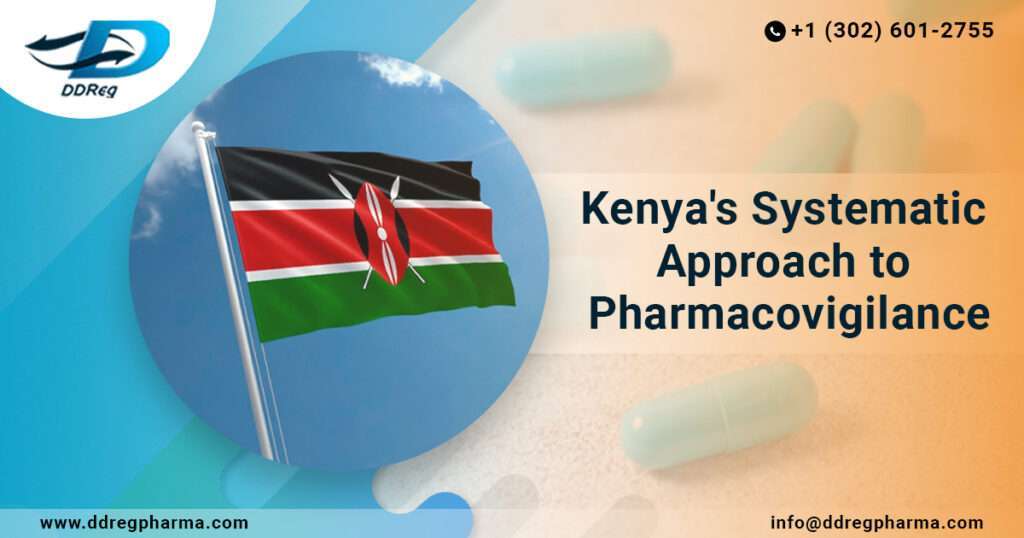Pharmacovigilance (PV) and drug safety surveillance activities rely on a robust PV system. This is important to effectively identify, evaluate, and address any adverse events (AEs) that are associated with medicinal products. Indeed, a proficient PV system facilitates data gathering that is critical for making informed decisions across various health systems. Regulatory agencies are reliant on such information to support them on decisions related to product withdrawal, recall, label updates, and communication of safety alerts. Hence, it is crucial to establish a robust PV system that allows the consistent and continuous evaluation of medicinal products.
PV systems are well established in stringent, regulated markets like the European Union (EU). However, there is a need to strengthen the approach to PV and its systems in emerging markets. Several efforts are being made on a global scale to do so as they recognize the importance of a proactive PV system. One such example is Kenya where the Pharmacy and Poisons Board (PPB) took a significant step to enhance its PV system by establishing its National Pharmacovigilance System under the Ministry of Health. Though the system was established in June 2009, it has made significant developments with the aim to strengthen PV in the country such as the Vigilance Monitoring and Evaluation Framework and Key Performance Indicators, designed to complement pharmacovigilance operations.
Kenya PPD: National Pharmacovigilance System
The national pharmacovigilance system is a complex network involving pharmaceutical industry, public health initiatives and healthcare providers, and involving private, public and non-governmental organizations/missionaries. In addition, there is a complex coordination of various ministries, departments and programs. Integrated into this system is the Pharmacovigilance Electronic Reporting System (PverS), which includes a national database, electronic and manual reporting forms and a national spontaneous reporting mechanism.
To strengthen Kenya’s pharmacovigilance system, the country implemented the Kenya Pharmacovigilance Monitoring and Evaluation Framework and Key Performance Indicators. This framework brings together the National Pharmaceutical Regulatory Agency, public health programs, health authorities and marketing authorization holders to assess, monitor and evaluate various aspects of a PV system. This framework describes specific objectives ranging from assessing the state of the PV system to providing indicators for monitoring and evaluating pharmacovigilance activities, system capacity and effectiveness.
The specific objectives of this framework are:
- Assessing the status of the pharmacovigilance system.
- Providing indicators for monitoring and evaluating pharmacovigilance activities, system capacity, and performance.
- Identifying gaps to guide evidence-based actions for ensuring drug safety.
- Enabling the evaluation of the outputs, outcomes, and impact of pharmacovigilance systems.
The 42-indicator framework assesses National Medicines Regulatory Authorities (NMRAs), 16 for public health programs, 7 for health agencies and 3 for marketing authorizations. This includes structural, process and outcome indicators known to the pharmacovigilance and drug safety system.
The evaluation data collection process includes the use of health system sources, including public health programs of the Ministry of Health/Pharmaceutical Agency and the Agency of Poisons, health institutions and marketing authorization holders. Quantitative measurements are used to evaluate the effectiveness of a pharmacovigilance (PV) system.
Implementation of the framework emphasises collaboration between stakeholders and alignment of PV initiatives with national goals. The Pharmacy and Poisons Board (PPB) plans to adopt existing reporting systems and develop new ones if necessary to ensure the operation and financing of PV system.
Annual reports and regular reviews are designed to maintain transparency and accountability in the PV system. To raise awareness of the PV system and its importance, workshops and stakeholder forums will be organised to disseminate the framework and key performance indicators. The overall objective of this program is to involve all significant authorities in promoting pharmaceutical safety in Kenya.
Conclusion
A well-structured pharmacovigilance system is essential to assess the risk-benefit ratio and ensure safety through authorization. Kenya’s Vigilance Monitoring and Evaluation Framework is an example of a health protection approach. Evaluation and literature monitoring support informed decision-making, legislative action and improvement of drug safety for the public.
DDReg brings over 14 years of experience in pharmacovigilance including establishing robust systems to ensure compliant and efficient safety evaluation. Read the previous pharmacovigilance blog on ISOP: The Need for Patient Engagement in Pharmacovigilance.

